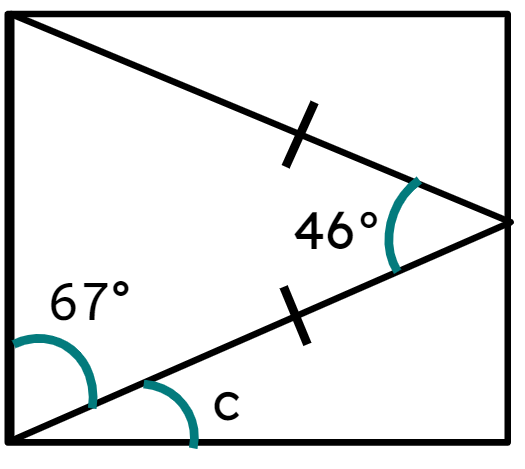Myths about teaching can hold you back
- Year 5
Reasoning about angles in polygons
I can reason about the sum of the angles within different polygons.
- Year 5
Reasoning about angles in polygons
I can reason about the sum of the angles within different polygons.
These resources were made for remote use during the pandemic, not classroom teaching.
Switch to our new teaching resources now - designed by teachers and leading subject experts, and tested in classrooms.
Lesson details
Key learning points
- Angles describe and measure a turn or rotation.
- Protractors can be used to measure and draw angles.
- Use knowledge of right angles to estimate and compare angles.
Keywords
Angle - An angle is a measure of turn.
Sum - The sum is the result of adding two or more numbers.
Vertex - A vertex is a point where two or more lines meet.
Polygon - A polygon is a 2D shape made up of three or more straight lines.
Common misconception
Pupils think that composing larger polygons of smaller triangles that are not formed as a result of drawing a line from one vertex to another will help them to identify the sum of the angles.
Highlight how the formation of triangles within a polygon must be from vertex to vertex and demonstrate how the angles of each triangle where they meet sum to the internal angle of the polygon.
To help you plan your year 5 maths lesson on: Reasoning about angles in polygons, download all teaching resources for free and adapt to suit your pupils' needs...
To help you plan your year 5 maths lesson on: Reasoning about angles in polygons, download all teaching resources for free and adapt to suit your pupils' needs.
The starter quiz will activate and check your pupils' prior knowledge, with versions available both with and without answers in PDF format.
We use learning cycles to break down learning into key concepts or ideas linked to the learning outcome. Each learning cycle features explanations with checks for understanding and practice tasks with feedback. All of this is found in our slide decks, ready for you to download and edit. The practice tasks are also available as printable worksheets and some lessons have additional materials with extra material you might need for teaching the lesson.
The assessment exit quiz will test your pupils' understanding of the key learning points.
Our video is a tool for planning, showing how other teachers might teach the lesson, offering helpful tips, modelled explanations and inspiration for your own delivery in the classroom. Plus, you can set it as homework or revision for pupils and keep their learning on track by sharing an online pupil version of this lesson.
Explore more key stage 2 maths lessons from the Angles: compare, name, estimate and measure angles unit, dive into the full primary maths curriculum, or learn more about lesson planning.

Licence
Prior knowledge starter quiz
6 Questions
Q1.Look at the hands on this clock face and the arrow. The angle formed is __________.
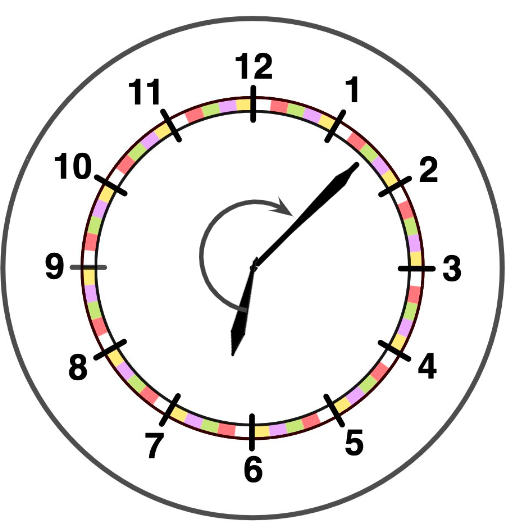
Q2.Where two lines create an angle within a shape, we call this part a .
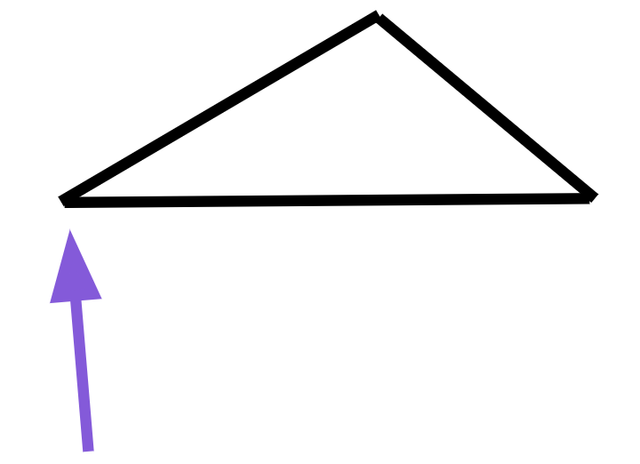
Q3.The angles in a triangle sum to ___.
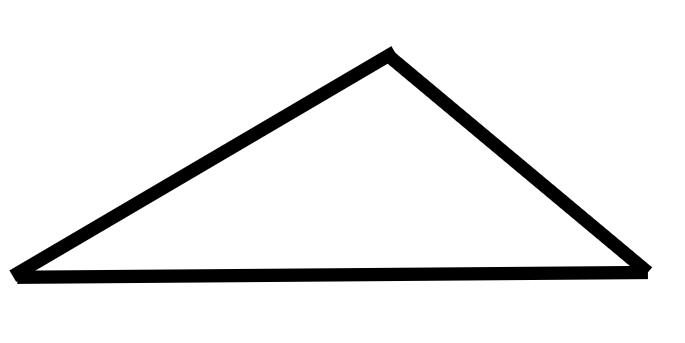
Q4.The angles in a quadrilateral sum to ___.
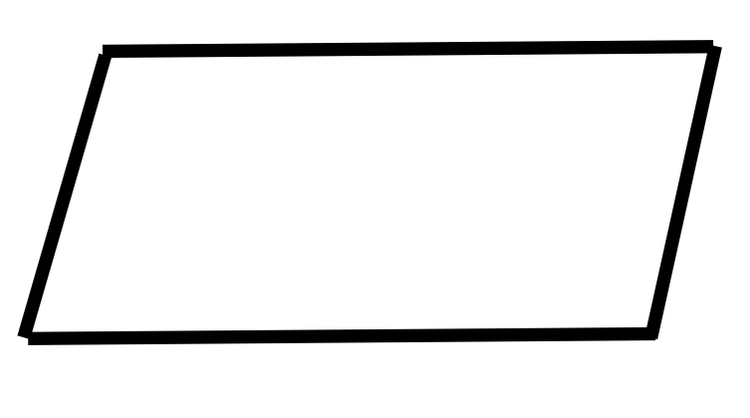
Q5.Fill in the missing product
3 × 180 =
Q6.The triangle is not to scale. The missing angle labelled m is °
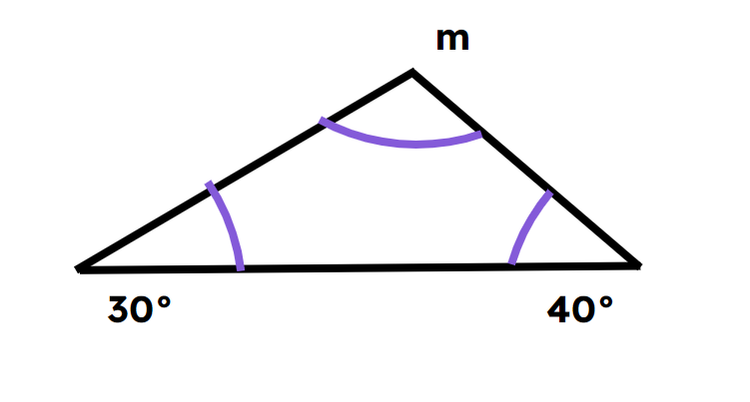
Assessment exit quiz
6 Questions
Q1.What do these lines represent on two sides of this polygon?
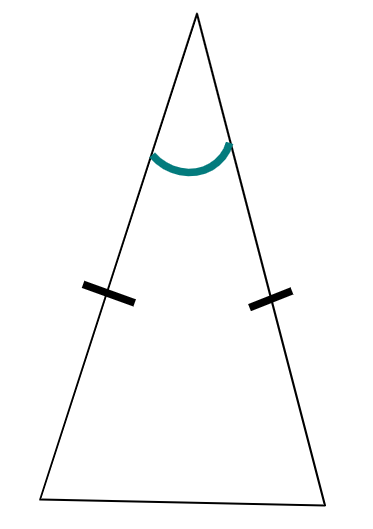
Q2.Any polygon can be always be divided into what other type of polygon?
Q3.You can work out the sum of the angles in a polygon by:
Q4.The size of missing angle a is degrees.
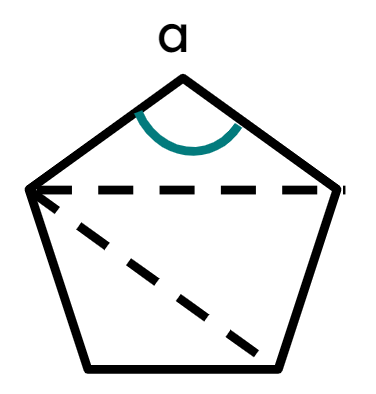
Q5.A triangle is placed inside a rectangle. Tick the calculation that helps to find missing angle b.
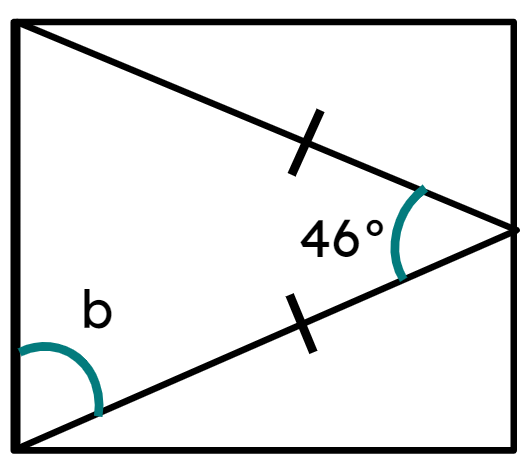
Q6.A triangle is placed inside a rectangle. The size of missing angle c is degrees.
